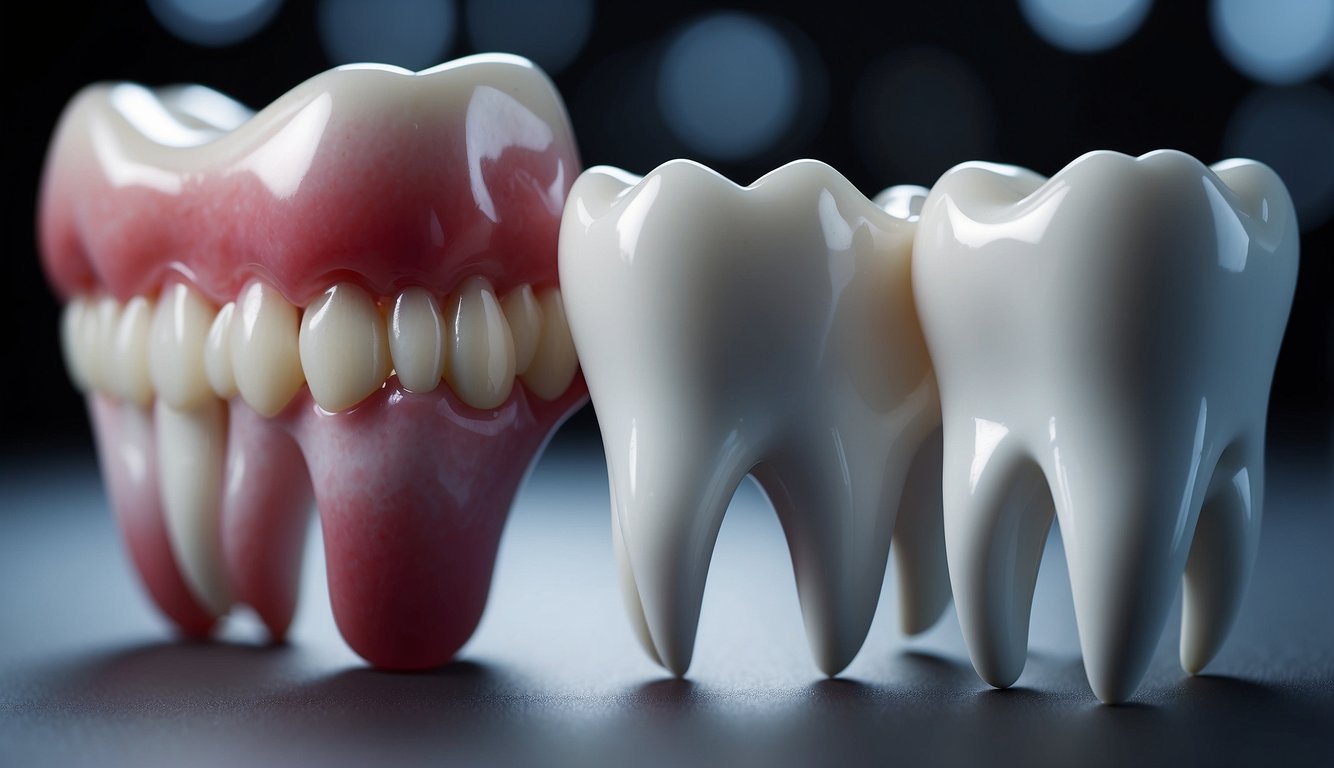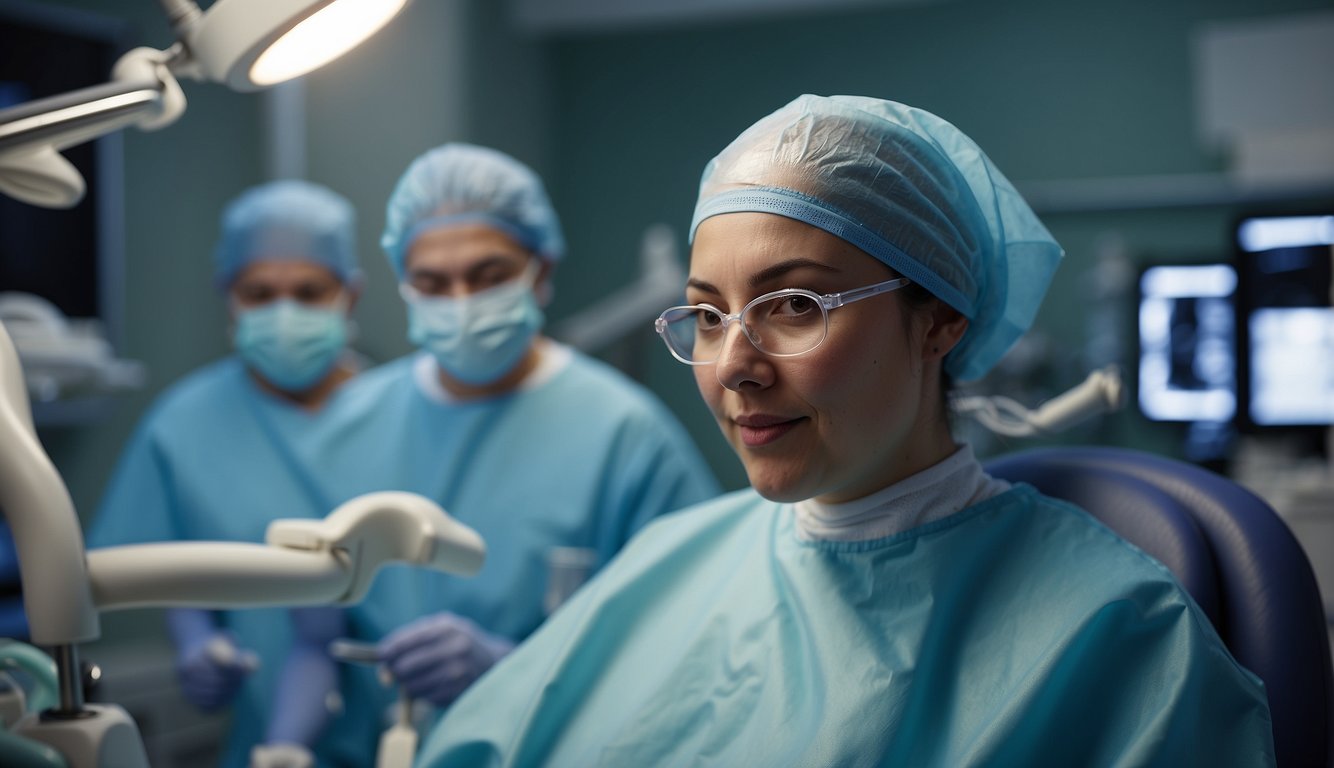Do I Have to Pull My Wisdom Teeth Out? Understanding the Necessity of Extraction
When it comes to wisdom teeth, also known as third molars, the decision to remove them can vary depending on individual circumstances. These teeth commonly emerge in the late teens or early twenties and can sometimes lead to pain, overcrowding, or other dental issues. While some people never experience problems with their wisdom teeth and can keep them, others may require removal due to complications. It’s important to consult with a dentist to assess whether wisdom teeth extraction is necessary for your specific oral health needs.

The extraction of wisdom teeth is a common surgical procedure designed to alleviate or prevent problems associated with these molars. If a wisdom tooth doesn’t have enough room to grow, it can become impacted, possibly leading to infection, damage to nearby teeth, or other issues. Should extraction be deemed necessary, understanding the procedure, its risks, and proper aftercare is crucial to manage recovery effectively and minimize the risk of complications.
Key Takeaways
- Not all wisdom teeth need to be removed; a dentist’s assessment is crucial.
- Extraction may be necessary to address or prevent pain and other complications.
- Understanding the procedure and aftercare is key to a smooth recovery.
Understanding Wisdom Teeth and Common Issues

Wisdom teeth, our permanent adult teeth at the back of the mouth, often cause complications. An understanding of their anatomy, potential issues, and signs of trouble is essential in managing our oral health.
Anatomy of Wisdom Teeth
Our wisdom teeth, or third molars, are the last to emerge, usually between the ages of 17 and 25. These teeth can be a valuable asset when healthy and properly aligned, but more often, they are misaligned and require attention. They are located at the very back of the mouth and can have one to four roots ranging from straight to curved.
Impacted Wisdom Teeth and Related Complications
Impacted wisdom teeth occur when they don’t have enough space to emerge or grow normally. Impacted wisdom teeth may grow at an angle toward the next tooth (second molar), at an angle toward the back of the mouth, at a right angle to the other teeth (as if lying down within the jawbone), or straight up or down like other teeth but remain trapped within the jawbone.
Potential complications include:
- Infection or gum disease (periodontal disease): Bacteria can gather around the unerupted or partially erupted tooth, leading to infection.
- Tooth decay: If wisdom teeth only partially emerge, they create an opening for bacteria to enter around the tooth and create decay.
- Cysts: A cyst can form around the new tooth. If untreated, a cyst can damage the jawbone, teeth, and nerves.
Signs of Wisdom Teeth Problems
We may recognize that we have problematic wisdom teeth if we experience some of the following symptoms:
- Pain or jaw stiffness near an impacted tooth
- Tenderness or swelling around the gums
- Prolonged headache or jaw ache: Originating from the area of an impacted tooth
- Unpleasant taste when eating or chronic bad breath due to infection or decay
- Difficulty opening the mouth (trismus)
It’s imperative to consult with a dental professional if these signs persist, indicating potential issues with wisdom teeth.
The Wisdom Teeth Extraction Procedure

In this section, we discuss the specifics of the wisdom teeth extraction procedure, focusing on when it is necessary, how to prepare, what the process involves, and the steps to take during recovery.
When Extraction Is Necessary
Wisdom teeth extraction may be recommended if there is evidence of pain, infection, cysts, tumors, damage to adjacent teeth, or gum disease. Extraction is also considered if the teeth do not have enough room to erupt or if they emerge at an awkward angle potentially causing dental problems.
Preparation for Surgery
Prior to surgery, we will have a consultation with an oral surgeon, who will go over our medical history, take X-rays, and discuss anesthesia options—ranging from local anesthesia, sedation to general anesthesia. We are advised to arrange for someone to drive us home post-surgery and plan to rest for the remainder of the day.
The Extraction Process
The procedure begins with the administration of anesthesia for comfort and pain prevention. Local anesthesia, nitrous oxide, or IV sedation may be used to numb the area. The surgeon then makes an incision in the gum tissue, removes any bone blocking access to the tooth root, and separates the tissue connecting the tooth to the bone. The tooth is then removed, and the site may be sutured with dissolvable stitches, followed by placing gauze to control bleeding.
Post-Operative Care and Recovery
Post-surgery, we are moved to a recovery room, where we are monitored as the anesthesia wears off. We are given a prescription for pain medication or suggested alternatives like acetaminophen or ibuprofen. Instructions on managing bleeding, swelling, and diet are provided, along with a recommendation to avoid aspirin, tobacco, and alcohol during healing. We are instructed on the symptoms of dry socket and the importance of maintaining oral hygiene. It is critical to follow the oral surgeon’s guidelines to promote healing and reduce risks.
Managing Risks and Complications
In considering wisdom teeth removal, we must weigh potential risks of the procedure against complications that could arise if the teeth remain. It’s essential to both understand and prepare for any challenges that may arise.
Understanding Potential Risks of Extraction
Before a wisdom tooth is removed, we recognize the importance of being aware of certain risks. These risks include:
- Infection: The open wound left by an extracted tooth can become a breeding ground for bacteria, potentially leading to an infection.
- Bleeding: While some bleeding post-extraction is normal, excessive bleeding may occur.
- Swelling and Pain: Common symptoms that can be managed with ice and medication.
- Dry Socket: This painful condition occurs when a blood clot fails to form in the tooth socket or is dislodged.
- Nerve Damage: Although rare, the chance of nerve damage exists which can lead to numbness or tingling.
- Cysts or Tumors: A fluid-filled sac, known as a cyst, can develop around an untreated wisdom tooth, potentially becoming a tumor if unchecked.
Dealing with Post-Operative Complications
Should complications arise, prompt and effective management is crucial. Our approach to post-operative complications includes:
- Pain Management: We provide guidance on using over-the-counter or prescription pain relief.
- Infection: Good oral hygiene and sometimes antibiotics are necessary to treat infections.
- Swelling: Applying ice packs can help reduce swelling.
- Dry Socket: If a dry socket occurs, we may need to clean the tooth socket, apply a medicated dressing, and prescribe pain medication.
- Avoiding Nerve Damage: Precise surgical techniques are implemented to avoid this rare but serious complication.
- Follow-up: We support regular monitoring to ensure proper healing and to address any complications quickly.
By taking these measures, we aim to prevent potential future problems and ensure the best possible outcome for our patients.
📞 Contact Kaufman Dentistry Today
Give us a call at (310) 838-7780 to schedule your appointment and take the first step towards a stunning smile.
You can find us at 10760 Washington Blvd., Culver City, CA 90232. We look forward to welcoming you to our practice and helping you achieve the smile of your dreams!
Frequently Asked Questions
In this section, we address common inquiries regarding wisdom teeth and the considerations for their removal or retention.
What are the potential benefits of keeping my wisdom teeth?
Retaining our wisdom teeth can be beneficial if they are healthy, properly aligned, and do not compromise our dental health. These teeth can serve as a natural complement to our dentition, aiding in chewing when they erupt fully and correctly.
What reasons do experts provide for choosing not to remove wisdom teeth?
Experts may advise against removal if our wisdom teeth are fully erupted, correctly positioned, and maintainable with proper oral hygiene. Additionally, if they do not cause pain, overcrowding, or dental problems, extraction might not be necessary.
At what age is wisdom teeth removal recommended?
Wisdom teeth removal is typically recommended in our late teens to early twenties. During this time, the roots and bones are less developed, which can lead to fewer complications and a quicker recovery.
Are there any risks associated with wisdom teeth removal after the age of 30?
Removing wisdom teeth after 30 can increase the risk of complications, such as nerve damage or a longer healing process due to denser bone structure. However, if issues arise, removal may still be required.
What are the possible consequences of not removing impacted wisdom teeth?
Not removing impacted wisdom teeth may lead to complications such as cysts, infection, damage to adjacent teeth, gum disease, and tooth decay.
Is it safe and advisable to attempt removing a wisdom tooth by oneself?
It is not safe or advisable to attempt self-extraction of a wisdom tooth. Doing so can result in severe pain, infection, and long-term damage. Wisdom tooth removal should be performed by a professional.
